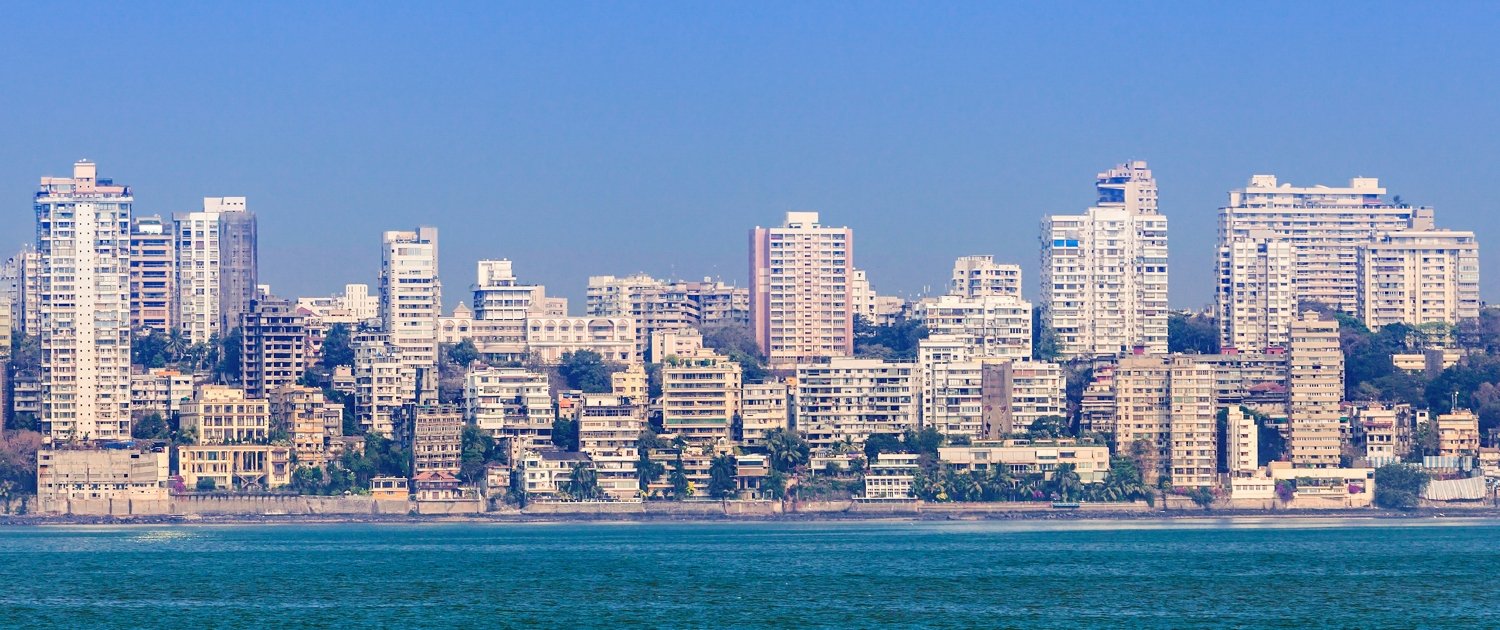India is an emerging country with a rapidly growing economy in Southern Asia. It has the second-largest population in the world with 1.3 billion people. Until 1947 India was a British colony. It now has its own democratically elected government.
India has a diverse cultural background. One of India’s most famous cultural exports is Bollywood films which are exported around the world.
India has a varied landscape from mountains to great plains and desert to lush forests. These natural environments and rich culture and traditions make India a popular tourist destination.
Ports, such as those in Mumbai, have developed along India’s extensive coastline, providing significant trade opportunities for India.
How and why is development across India in uneven?
Development across India is very uneven. This uneven development can be explained by the core-periphery model. Industrialised, urban areas which are centres for economic growth are core areas. The periphery is the surrounding, mainly rural areas where there is little economic development and few jobs.
Core areas developed around raw-materials. For example, the Damodar valley became a centre for heavy engineering following the discovery of coal and iron ore. There are three major steelworks in the area and the location has access to large rivers and ports which means transportation of goods and people is easy.
Once a large industry moves into an area there is a multiplier effect. This means people have better jobs and a higher income which leads to increased wealth in the area. This means there is more investment in the infrastructure, which in turn attracts more businesses to the area. In addition to this, there is also a growth in smaller industries either providing goods and services to the main industry or, using the products of the main industry in manufacturing.
In India, the south and western states have the highest GDP per capita. Maharashtra is the most urbanised state in India. Greater wealth means more money can be spent on healthcare and education, improving people’s quality of life.
States that are peripheral to Maharashtra, such as Bihar, have higher levels of poverty. States such as this still rely on agriculture for much of their income, however, crop yields and prices are variable. Due to low incomes, economic investment in peripheral areas such as Maharashtra is relatively low, making it challenging for development.
Related Topics
Use the images below to explore related GeoTopics.



